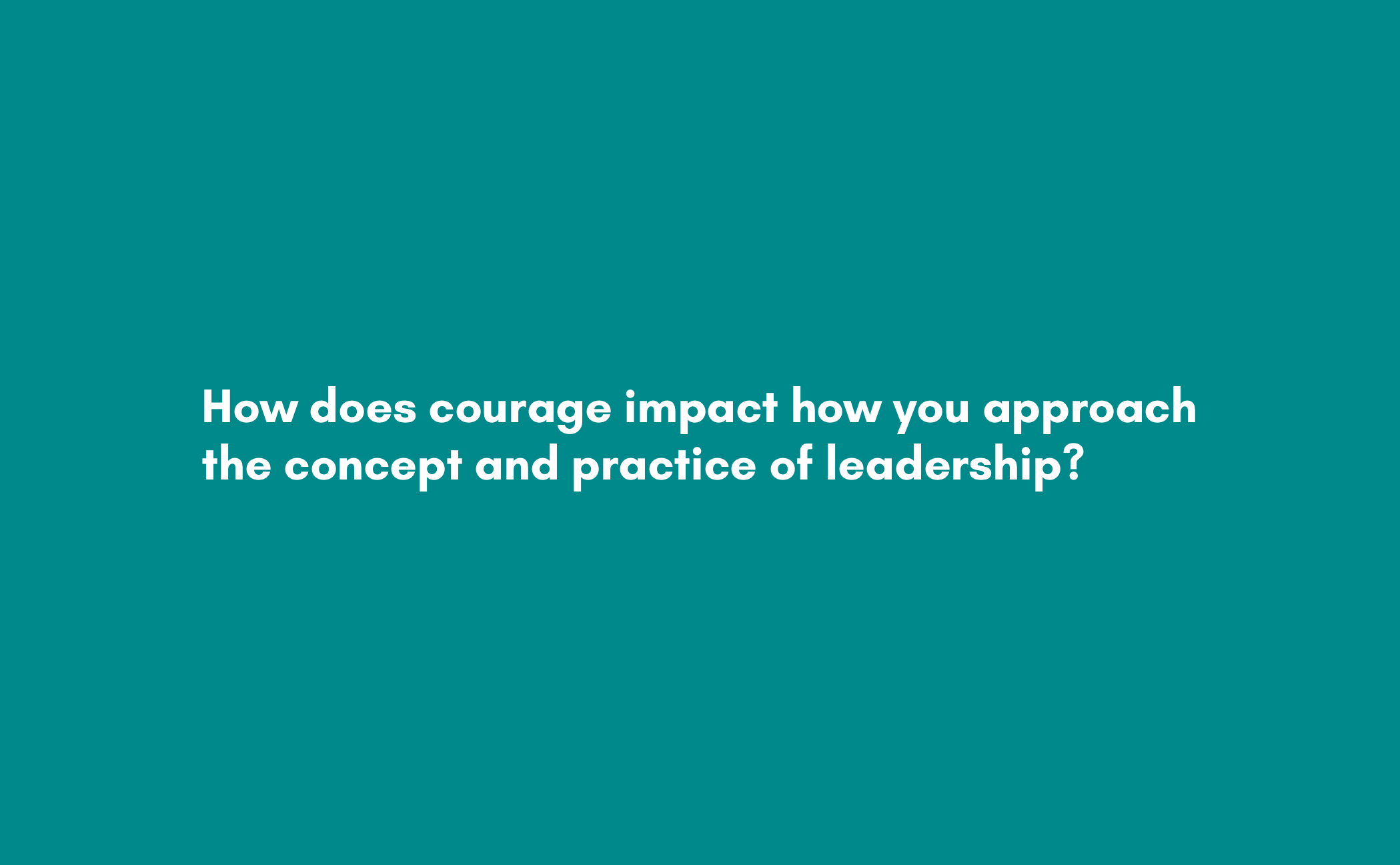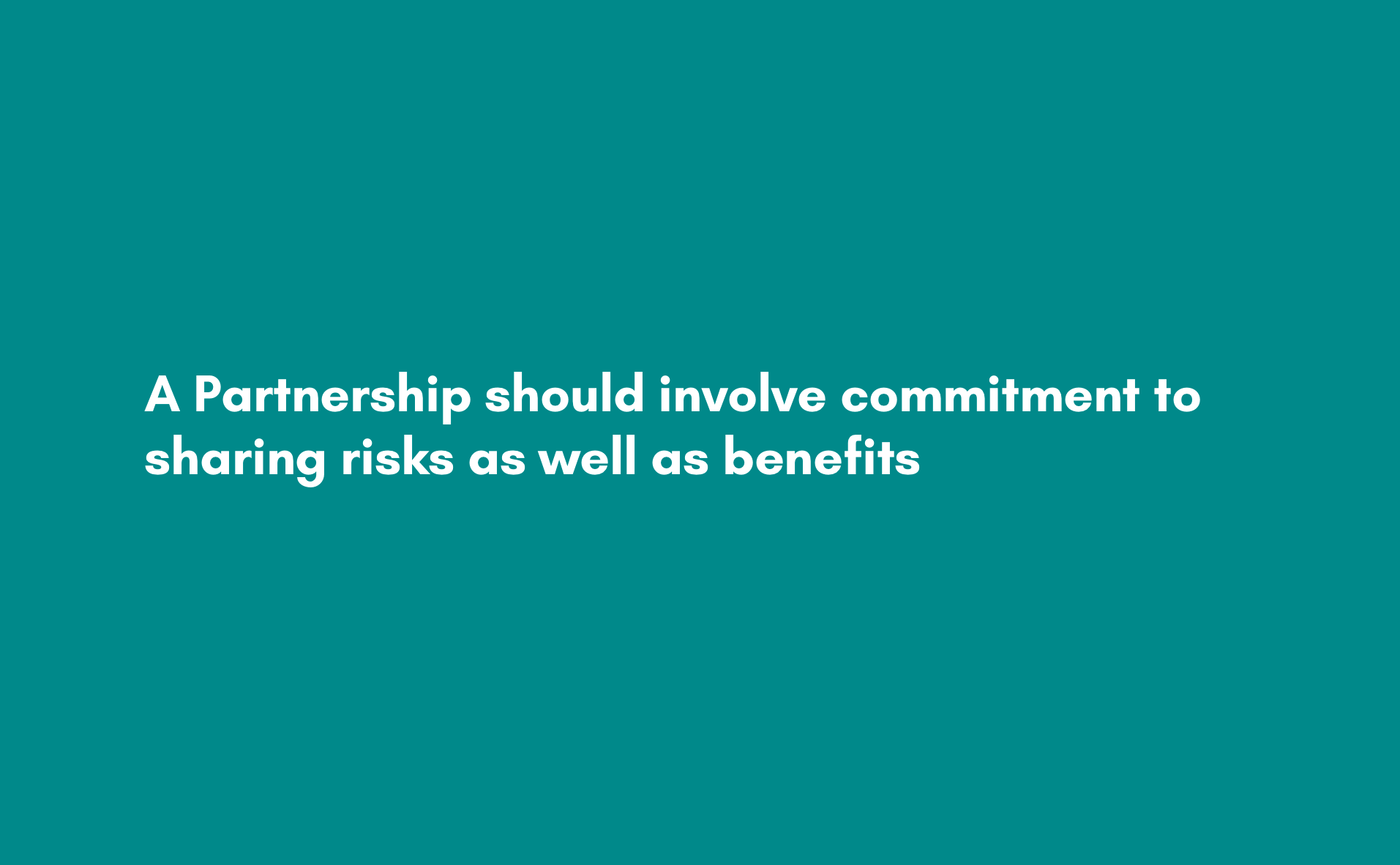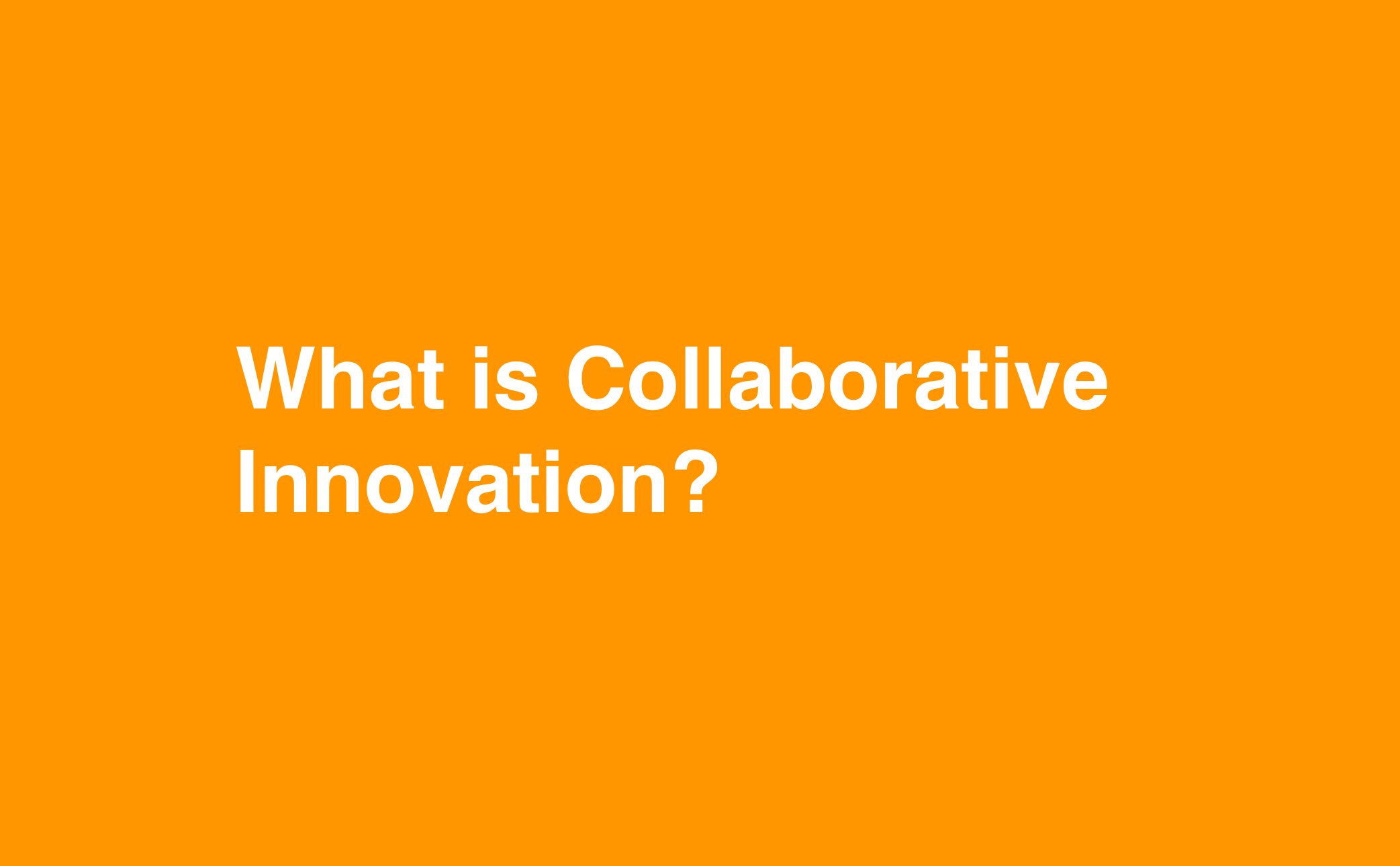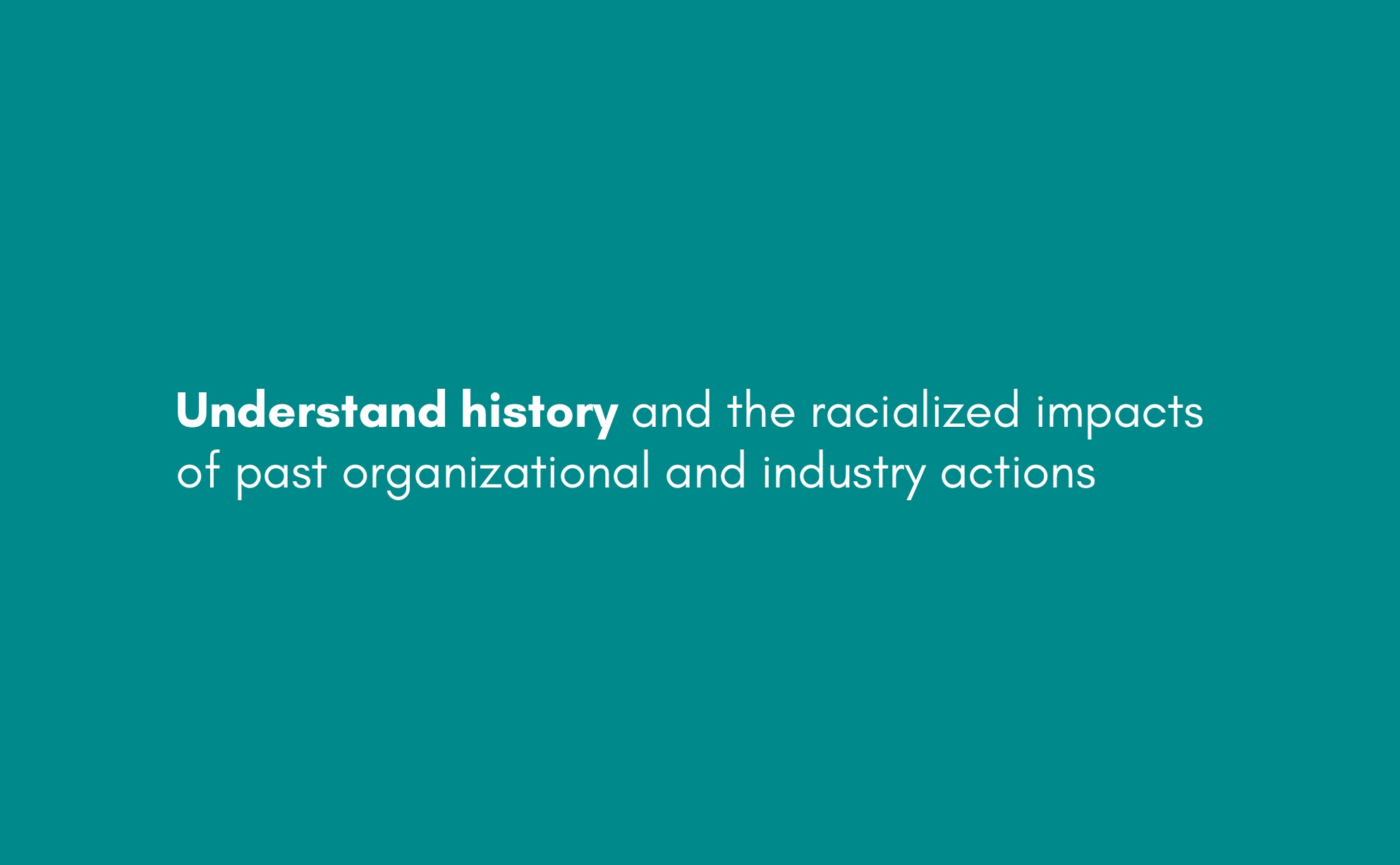The Tamarack Institute is a registered Canadian charity dedicated to ending poverty in all its forms, for good. We support real people and invest in real communities for long-term change.
The Gradients of Agreement is a tool used for consent- or consensus-based group decision-making.
Consensus-based decision-making is a group decision-making process that seeks the agreement of all participants. Instead of relying on majority votes or a decision made by one person, this approach focuses on finding a solution that everyone can support, or at least one that everyone can live with. The goal is to reach a decision that considers the concerns and ideas of all group members, aiming for a collective agreement.
The Gradients of Agreement tool helps a group to gauge how much support exists, ranging from full agreement, to standing aside or blocking. A PDF version of this tool can be accessed here.
the tool
The Gradients of Agreement is a scale for expressing support. Traditional versions of the tool often use a 7-point or 8-point scale. Tamarack’s adaptation includes the following six levels:
- Wholehearted Endorsement (Strong Yes): "I fully support this proposal. I believe it’s a great solution, and I’m enthusiastic about it."
- Agreement with Minor Reservations (Weak Yes): "I generally like this proposal and will support it. It’s not perfect but it’s good enough for now."
- Support with Reservations (Reluctant Yes): “I have some concerns, but I can live with it if we proceed.”
- More Discussion Needed (Not yet): “I don’t understand the issues well enough yet. There’s a significant change I’d like to propose.”
- Don’t Like but Will Abstain (No, but won’t block): “It’s not great, but I don’t want to hold up the group.”
- Serious Disagreement (Block): “I am not on board with this.”
Each person tells the decision maker(s) where they sit regarding a proposal along this scale and explains that rating.
Using these levels helps clarify the level of commitment and concerns within the group. It allows members to express their feelings more accurately, which leads to better understanding and communication. It also helps identify the areas that need more discussion or adjustment to reach a broader agreement.
using the gradients of agreement
In advance:
Step 1 – Create a clear question
Step 2 – Define the response options
Step 3 – Move your gradients of agreement question and response options into the required format. For example, into a Poll for a virtual meeting, or written out on a flip chart or whiteboard.
During a group discussion:
Step 4 – After a group has had the chance to hear an idea or proposal and discuss it, use the Gradients of Agreement to check in on the level of group support. Start by asking the question and outlining response options.
Step 5 – Give participants a few minutes to respond. Responses can be shared on paper, by holding up your hand and indicating a number, or selecting an option in a digital format.
Step 6 – Review the responses together. This might be done by sharing the poll results, looking around the room and the numbers on hands, or organizing paper responses by level. It is important for the responses to be shared transparently.
Step 7 – For participants who responded with a 3 or more, invite each person to share their concerns and recommendations. Discuss these concerns or suggested amendments as a group.
Step 8 – Revise the proposal to incorporate the amendment(s) suggested.
Step 9 – Consult the Gradients of Agreement again to check the level of support. Keep repeating this process until the group responds with all levels 1, 2 or 3.

tips for facilitating gradients of agreement
Ensure proposal is visible – Make sure the proposal is visible to the participants. For example, if a group is reviewing a budget, ensure the budget is being shared on a screen all can see while they are responding.
Ensure the question is clear – Ask closed-ended questions with neutral language. Don’t ask for two things at once (also called a double-barreled question. For example, “do you support the budget and the leadership team composition?”). Here are some examples of clear questions:
- What is your level of support for this budget?
- Do you agree with the suggested resource allocation?
- Do you support the proposed composition for the Steering Committee?
- Do you agree that we should accept this applicant?
- Do you support this proposal?
Establish minimum levels of agreement to proceed – Consensus does not always mean unanimous agreement. Rather, it aims for a high level of acceptance. In advance, establish what level of agreement you are aiming for. For example, “We are comfortable if everyone responds as a 1, 2, or 3.” Or, “We will continue to revise a proposal until all participants respond with a 1 or 2.”
Customize the response levels and wording – Feel free to customize them and change the language to suit your environment. It is OK to reduce the number of levels and simplify or shift the tone of the response text.
Invite reflections from participants who support the idea – In this process, we give voice to people who do not yet support the idea with the goal of revising the proposal to reach agreement. While reviewing responses (Steps 6 and 7), it can be helpful to also hear from people who are supportive of the proposal – What do they like about it? What enables their support? This can boost the energy of the discussion instead of only hearing from people who have concerns.

go deeper into consensus-based
decision making
A key reason to use consensus-based decision-making is that a decision made by consensus is more likely to be sustainable or hold up over the long term. The process of reaching a consensus uncovers concerns that might otherwise derail a project or process by incorporating multiple perspectives into the decision.

Common types of decisions are defined by Lucid Meetings as follows:
- Consensus: Everyone fully supports the decision.
- Consent: Everyone supports the decision as “good enough”.
- Compromise: Each person gives up something to reach a decision.
- Counting (votes): The “side” with the most votes wins the decision.
- Consult: The leader wants the group’s input, but makes the final decision.
Key features of consensus-based decision-making include:
1. Inclusive Participation: All group members are encouraged to participate in the discussion and share their viewpoints. The process values diverse opinions and perspectives.
2. Active Listening: Participants are expected to listen actively to each other’s concerns, ideas, and suggestions, showing respect and openness to different viewpoints.
3. Collaboration: The group works together to develop a solution that addresses the needs and concerns of everyone involved.
4. No Voting: Unlike traditional decision-making methods that rely on a majority vote, consensus seeks full or near-full agreement. If some members disagree, the group continues to work on the proposal until it addresses most concerns or until everyone agrees to move forward.
Learn more:
- Get a 25-page Facilitators Guide for How to Run a Decision-Making Meeting (Consensus)
- Learn more about Consensus Decision Making from Seed for Change.






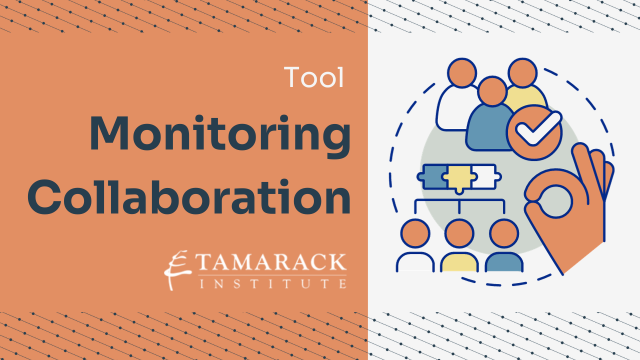
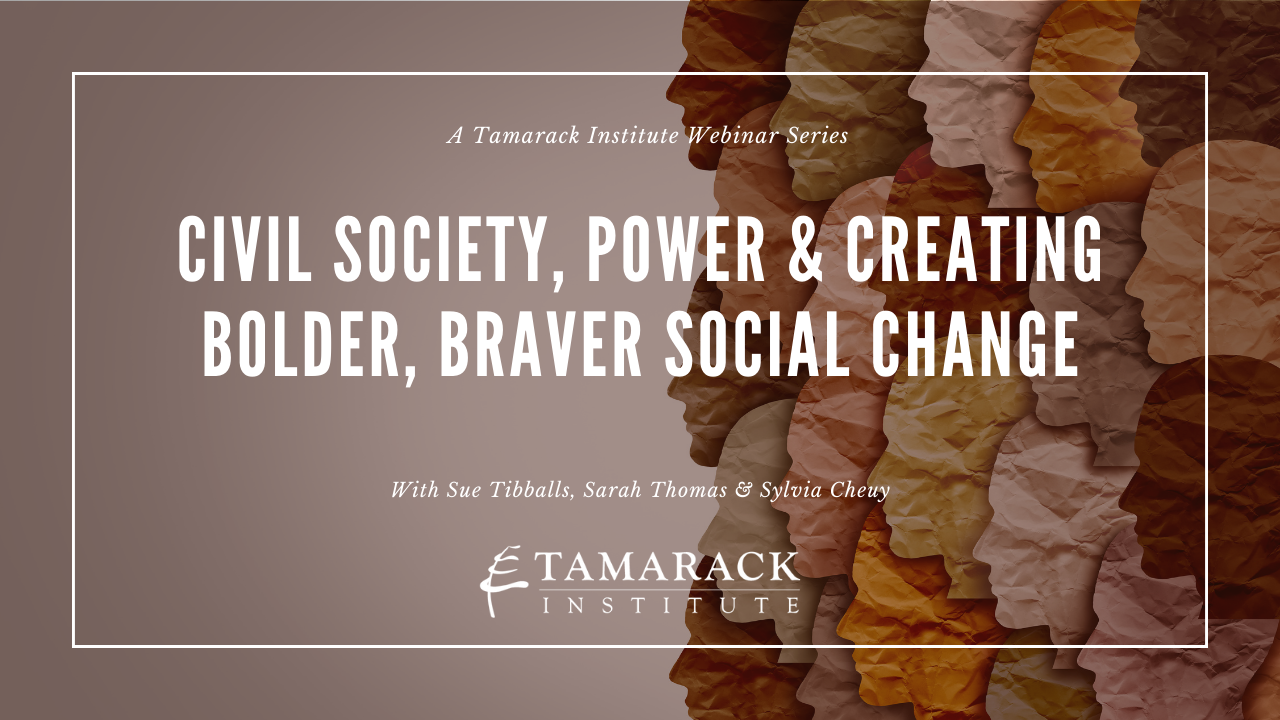
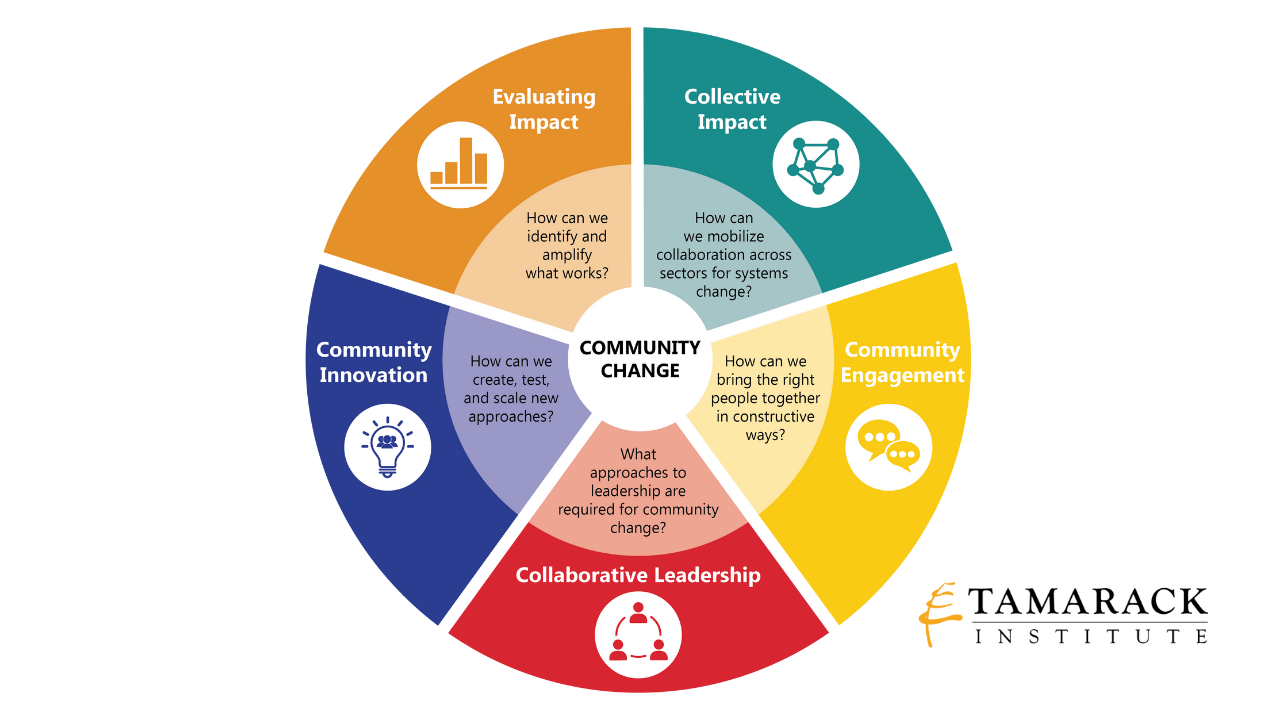
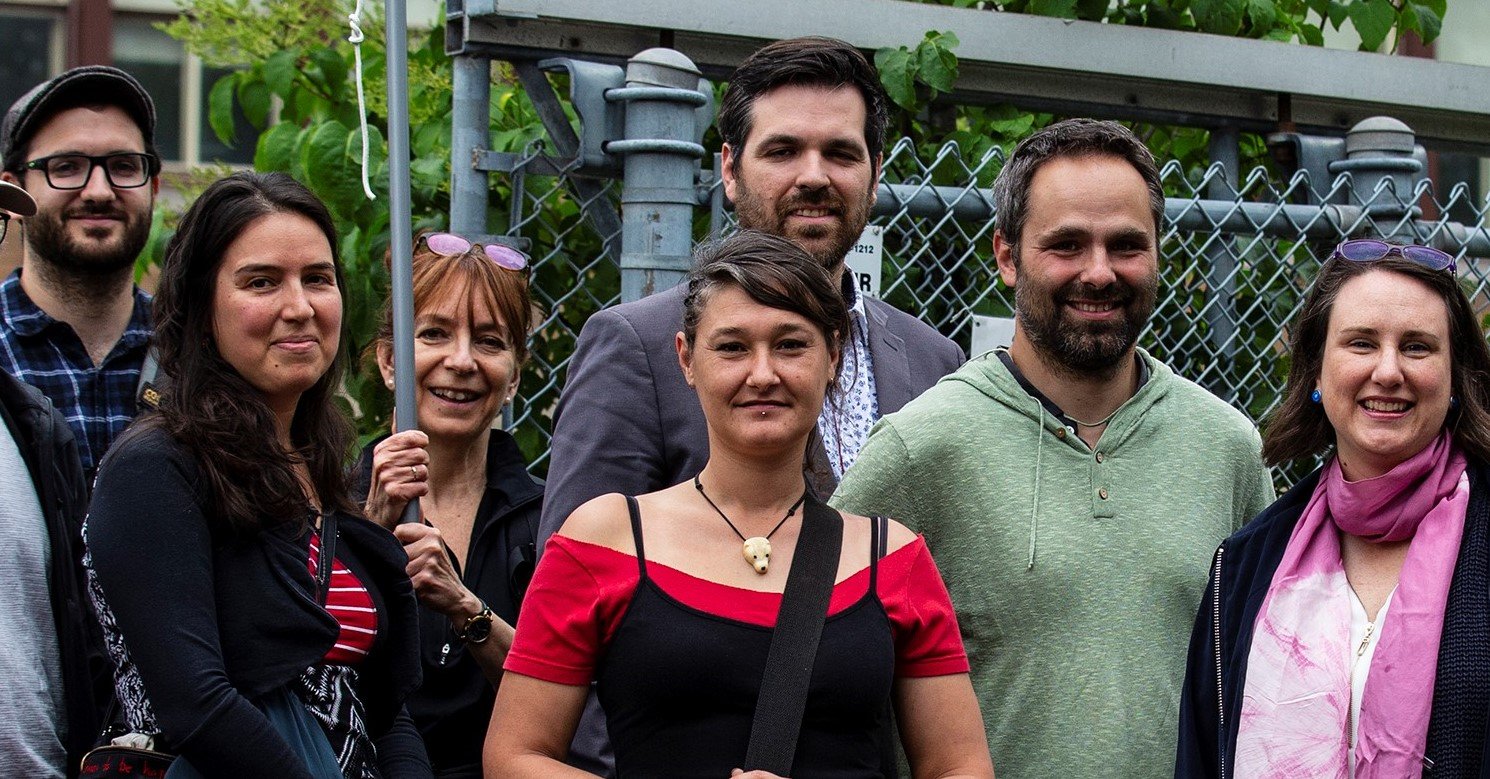
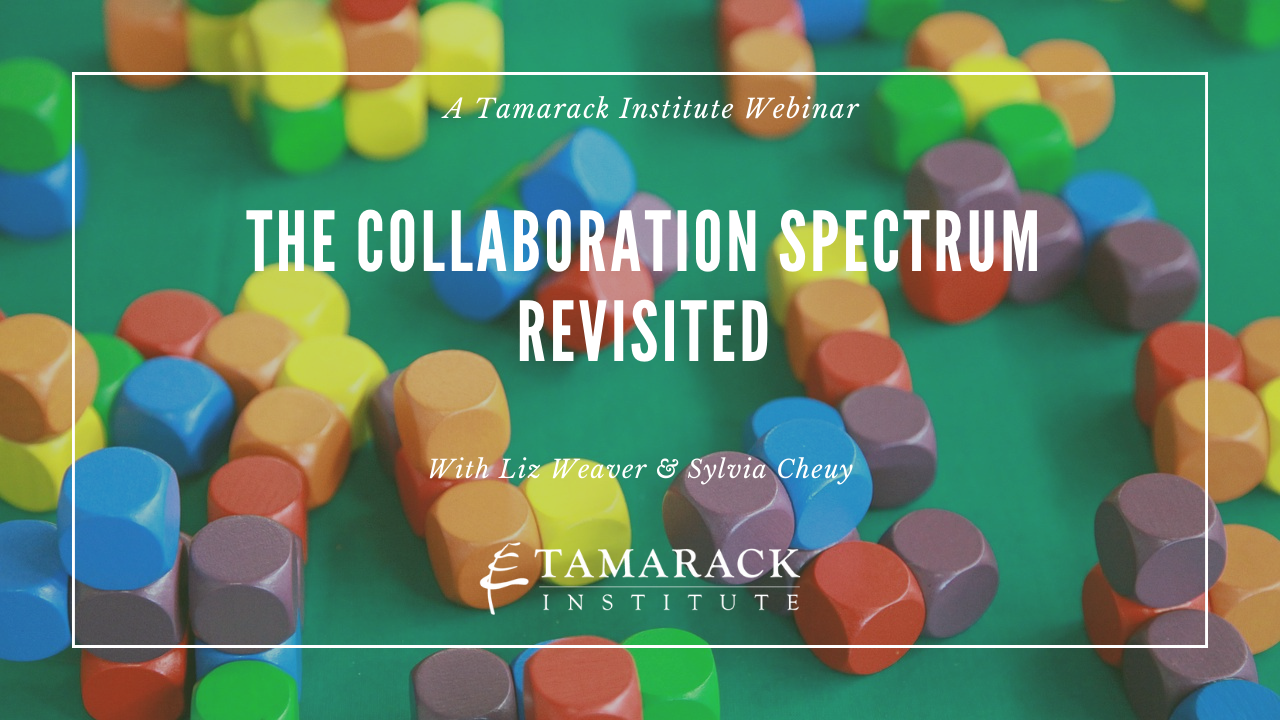
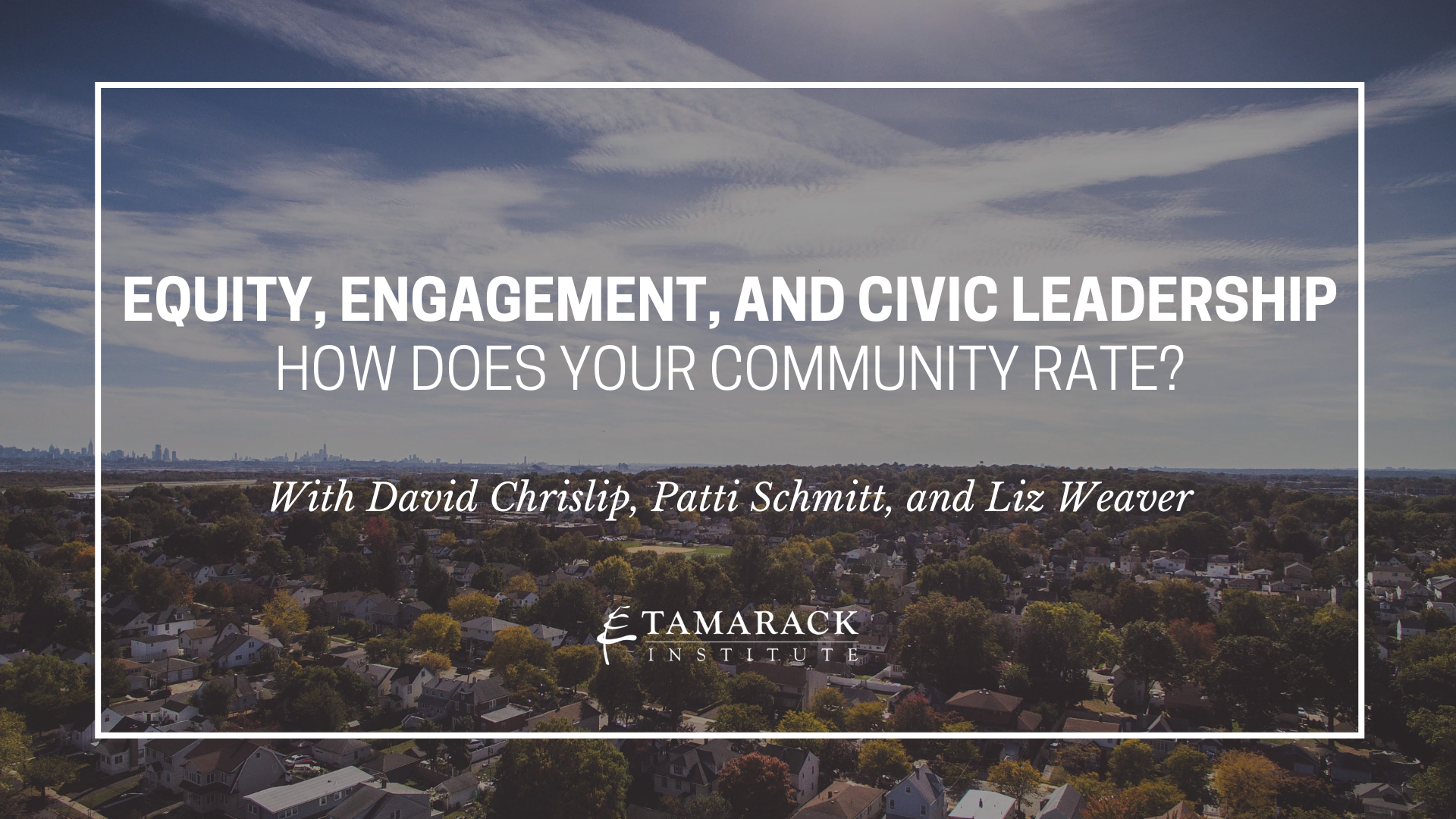

-1.png)
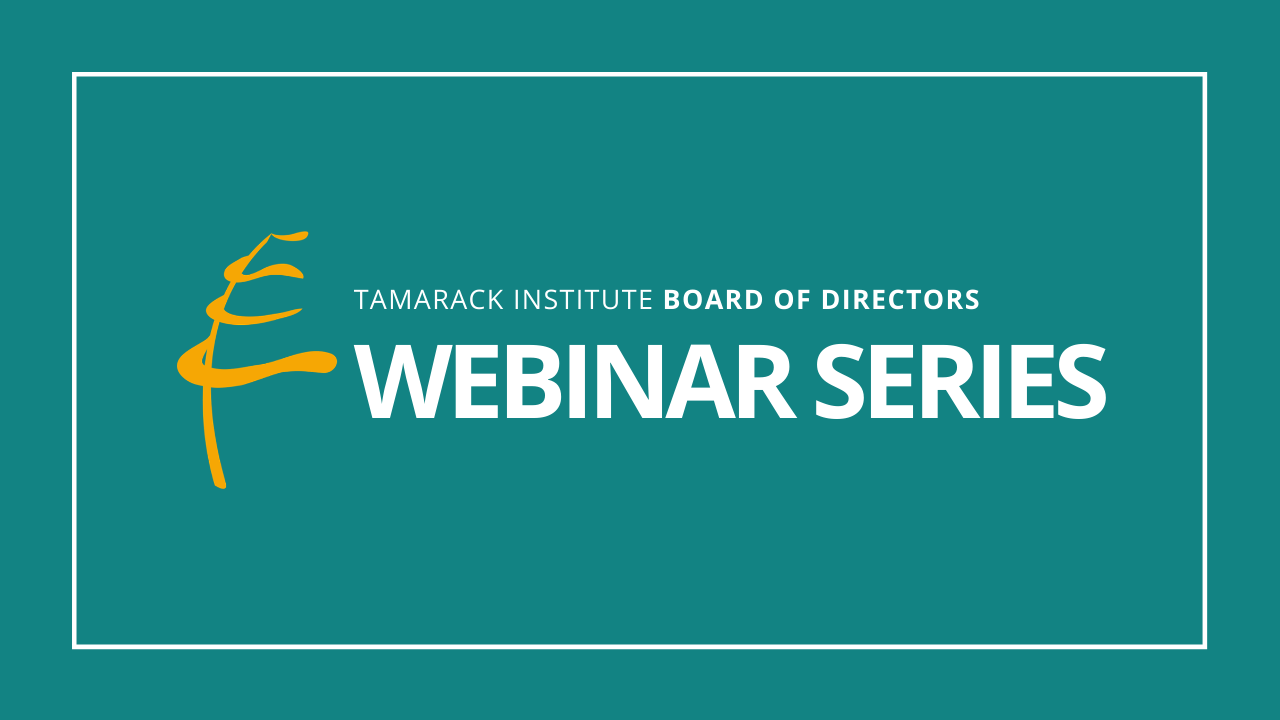
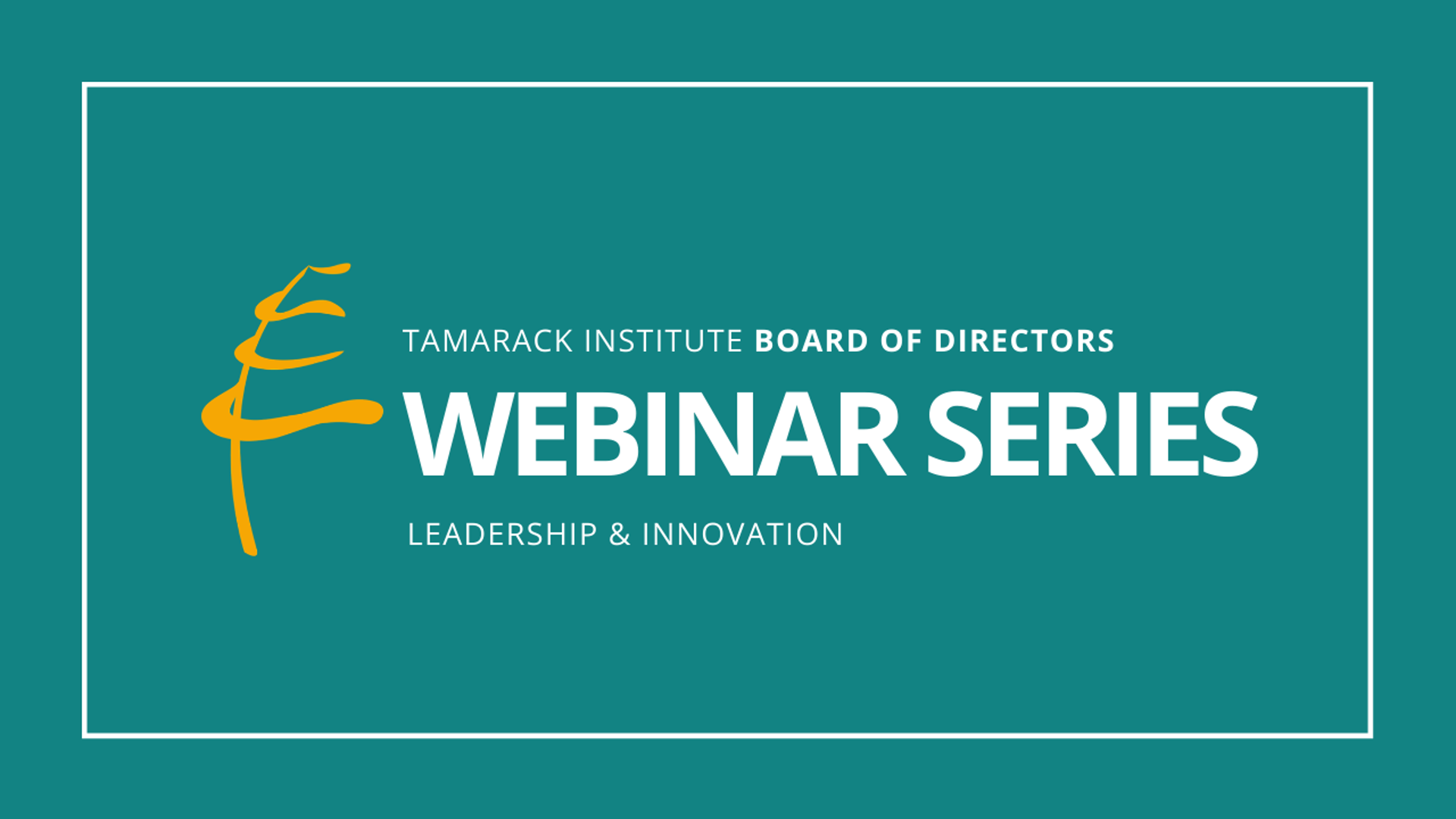
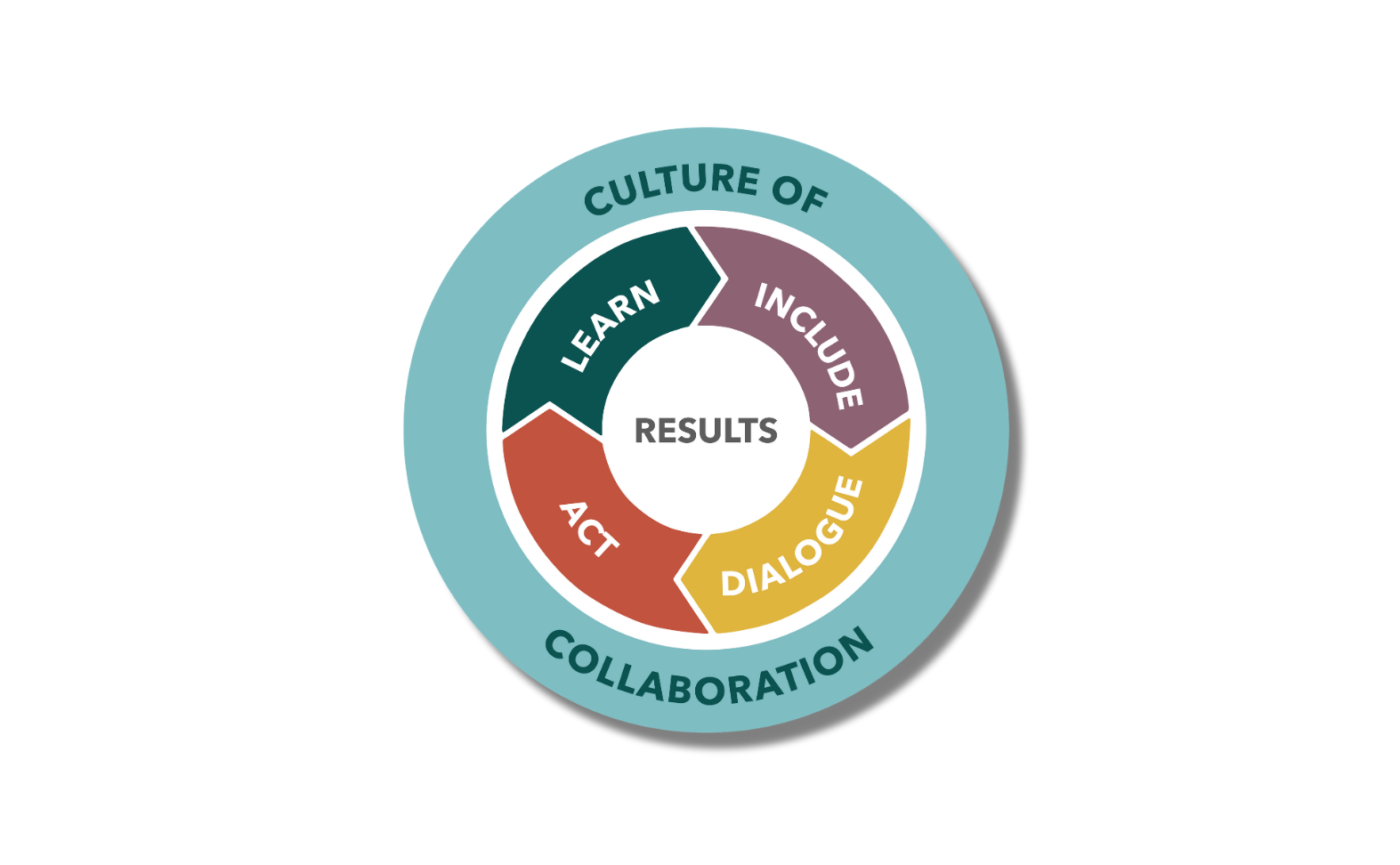
.png)
.png)
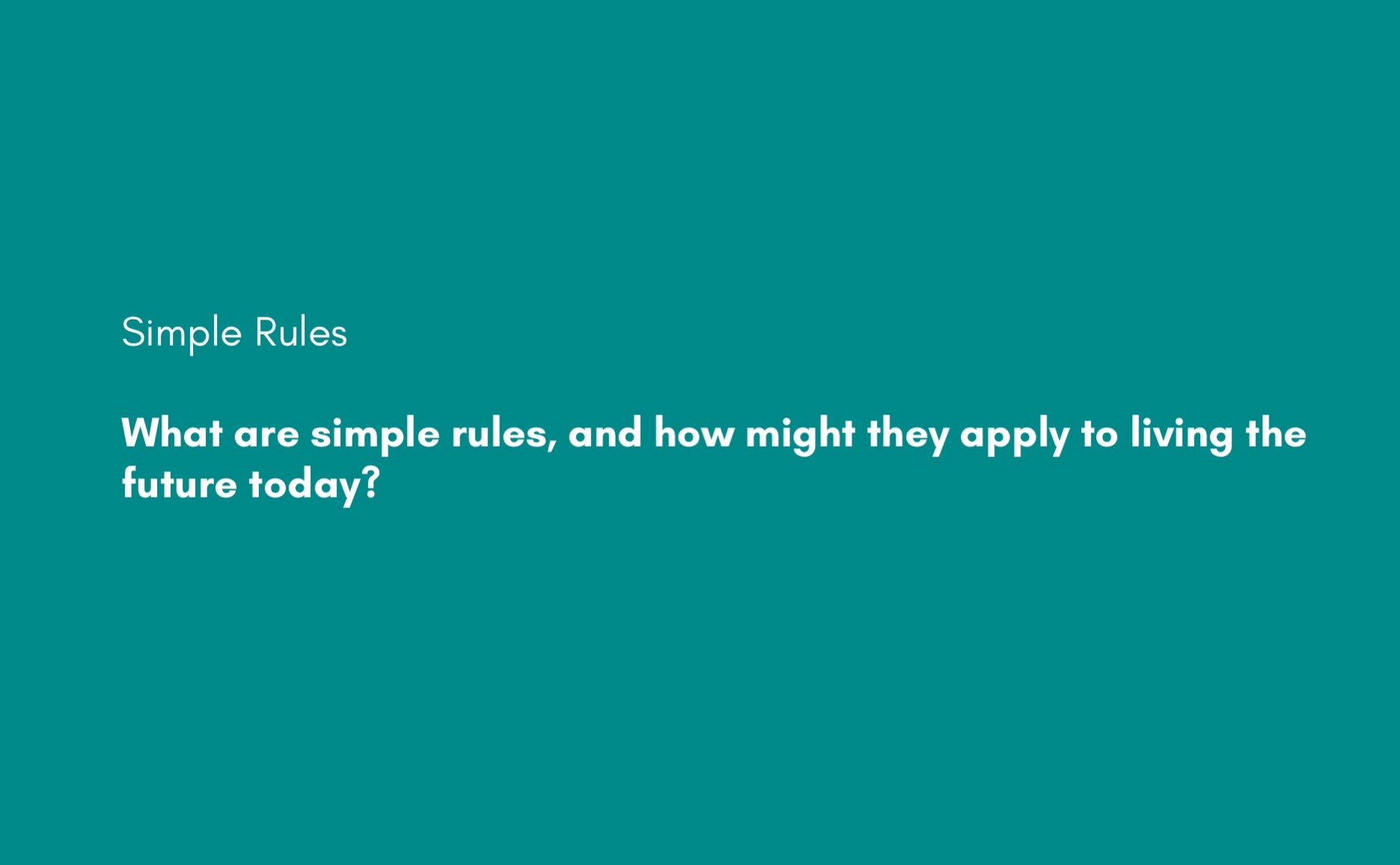
.png)
